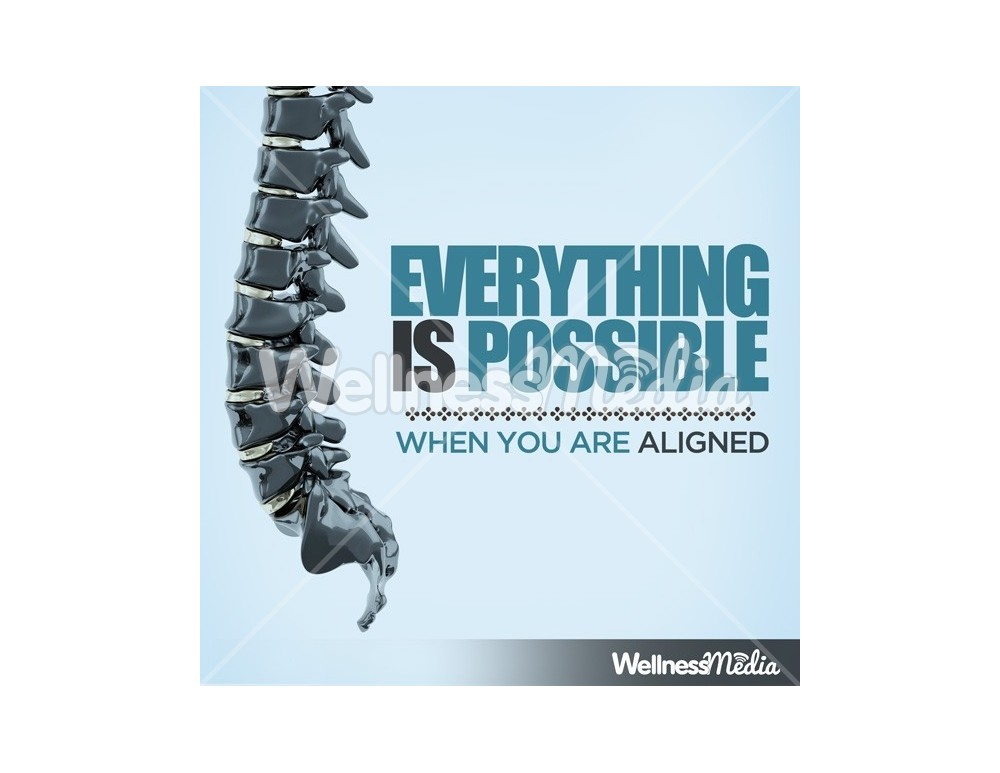Understanding The Variations Between Cold Laser Treatment And Typical Therapies
Understanding The Variations Between Cold Laser Treatment And Typical Therapies
Blog Article
Created By-Bloch Lykke
When considering your treatment options, it's vital to understand the distinctions between cold laser therapy and typical techniques. Cold laser treatment employs particular light wavelengths to enhance recovery without discomfort, while standard therapies frequently include medications or intrusive treatments. Each method has its pros and cons, which can considerably impact your healing. So, what aspects should you weigh to determine which technique may be best for you?
Devices of Activity: How Cold Laser Treatment Functions Contrasted to Conventional Therapies
While conventional treatments typically rely on pharmaceuticals or intrusive treatments to relieve discomfort and promote healing, cold laser therapy uses a non-invasive technique that directly targets broken tissue.
This therapy employs particular wavelengths of light to penetrate the skin, stimulating cellular task in affected areas. You'll discover that the light power advertises ATP manufacturing, enhancing cellular metabolic process and facilitating cells fixing.
Unlike standard methods, cold laser therapy doesn't create warm or create pain, making it a much more bearable choice. By boosting blood flow and minimizing inflammation, it encourages faster recovery without adverse effects associated with medicines.
As you explore your alternatives, recognizing just how these devices job can aid you make notified decisions about discomfort management and recovery techniques.
Benefits and Efficacy: Assessing Results of Cold Laser Therapy Versus Traditional Approaches
As you compare cold laser therapy to traditional treatments, you'll locate that the benefits and efficacy of this cutting-edge method can be quite engaging.
Cold laser therapy commonly leads to quicker pain relief and lowered inflammation without the side effects frequently associated with medications or intrusive treatments. Patients regularly report improved movement and faster recovery times, making it an attractive option for various problems, including bone and joint injuries and persistent pain.
Additionally, its non-invasive nature suggests fewer dangers of difficulties, permitting you to resume daily tasks earlier. Many studies support its performance, showing considerable enhancements suffering monitoring and recovery prices.
Possible Drawbacks: Risks and Limitations of Cold Laser Therapy and Typical Treatments
Despite the appealing advantages of cold laser therapy, it is essential to consider possible downsides and restrictions associated with both this therapy and standard approaches.
https://www.medicalnewstoday.com/articles/red-dots-on-skin might not be effective for every person, and its outcomes can vary based on specific problems. https://lorenzowfoxe.blogtov.com/14844134/five-health-issues-that-may-take-advantage-of-cold-laser-treatment may experience light adverse effects, such as short-term pain or skin irritability.
On the other hand, typical therapies typically feature risks like side effects from medications or problems from invasive procedures. Furthermore, traditional treatments might need longer recuperation times.
It's necessary to weigh these factors when choosing a treatment plan. Consulting with a health care expert can aid you figure out the best approach for your specific demands and situations.
Conclusion
To conclude, understanding the distinctions in between cold laser therapy and traditional treatments can encourage you to make enlightened healthcare choices. Cold laser treatment supplies a non-invasive option with quicker pain relief and fewer side effects, while conventional techniques may be much more acquainted yet might entail longer recuperation times. Weighing the benefits and downsides of each method is vital for discovering the very best solution for your individual requirements. Trust fund your reactions and look for professional advice to browse your therapy options.
